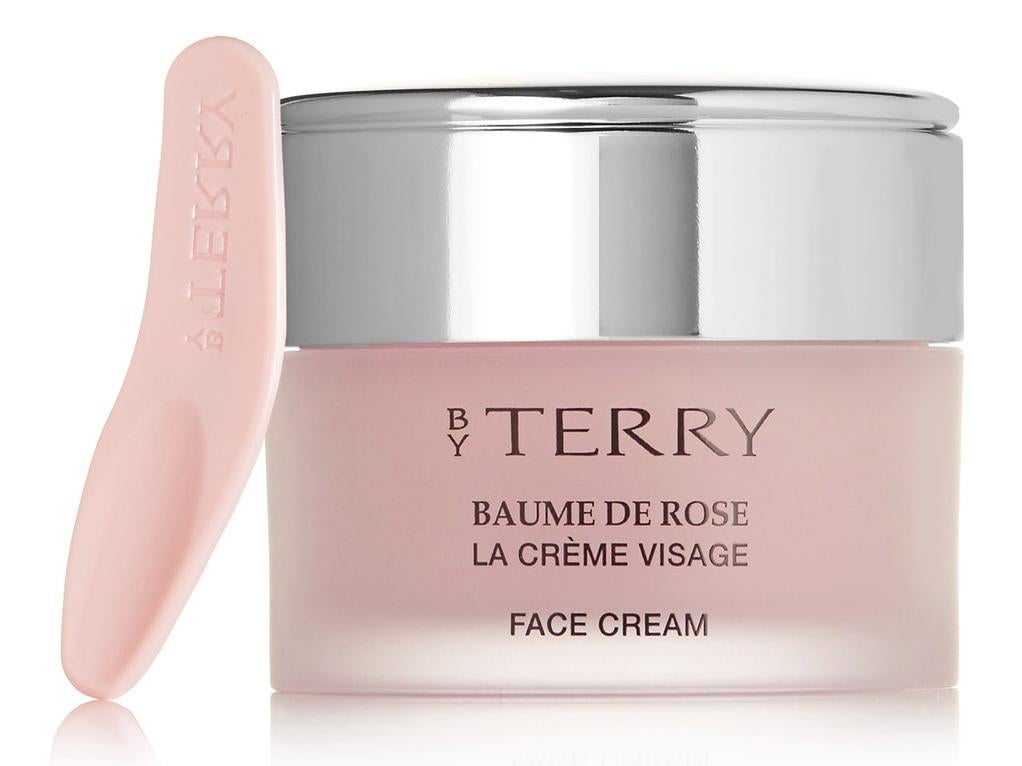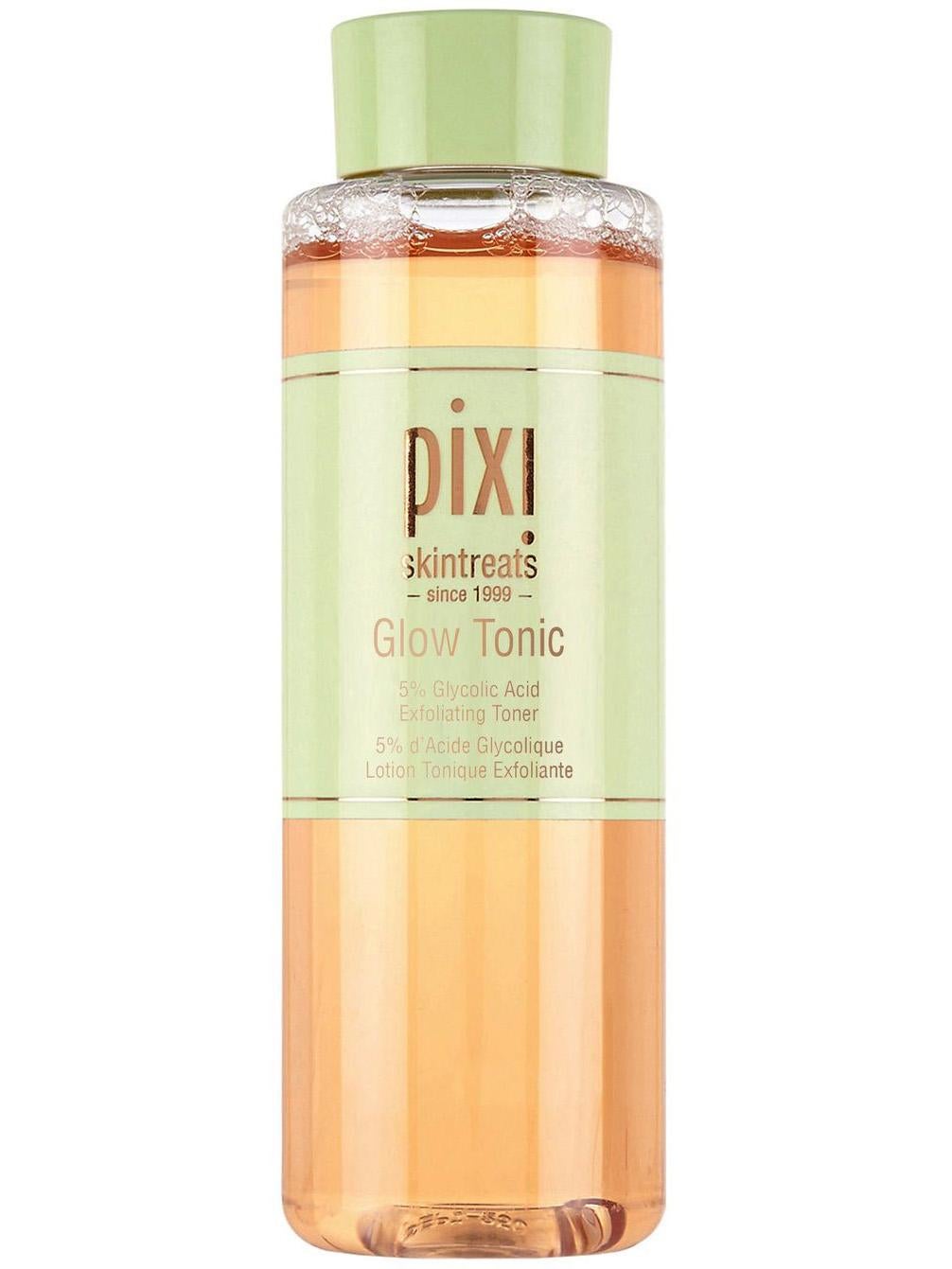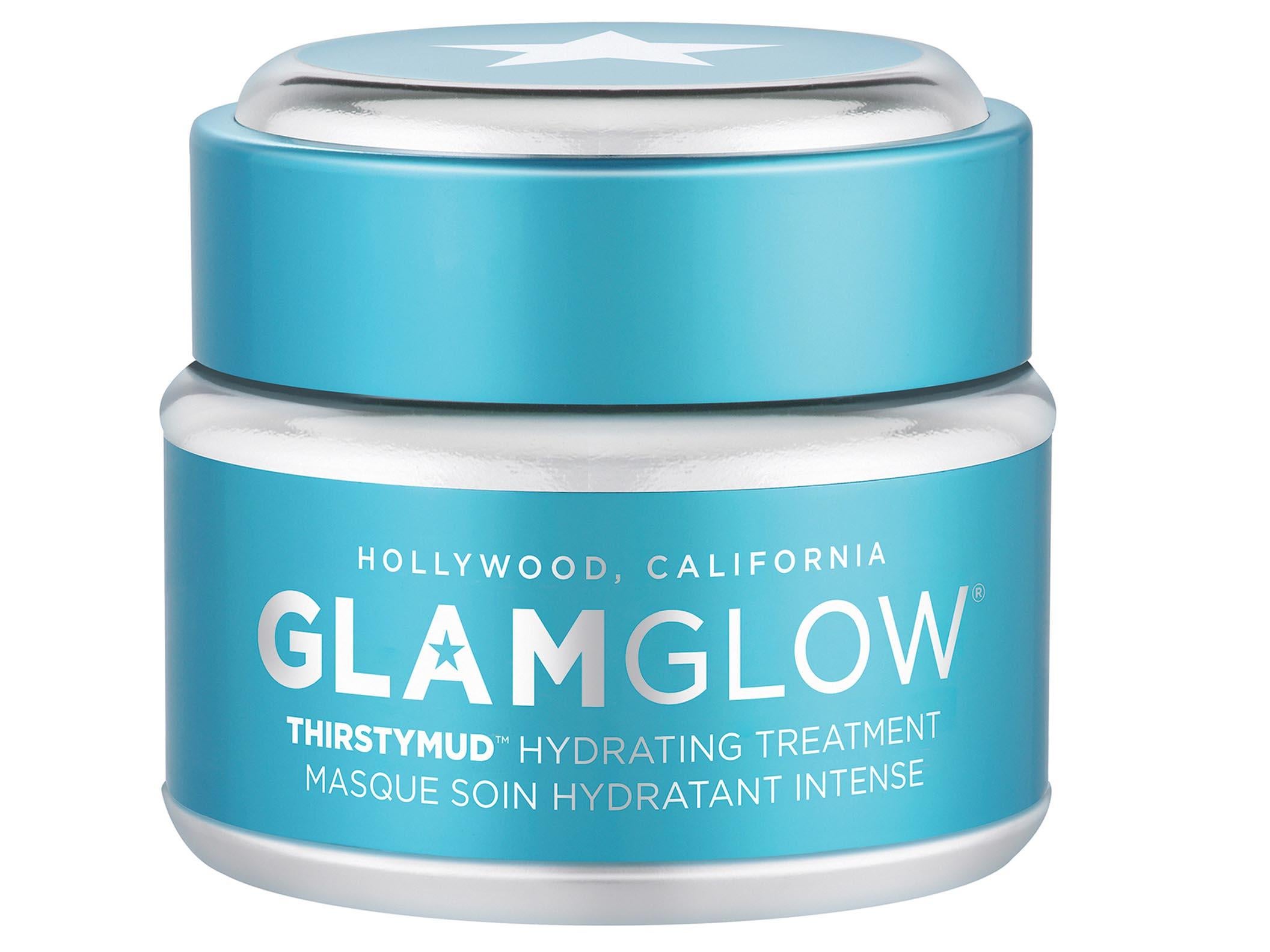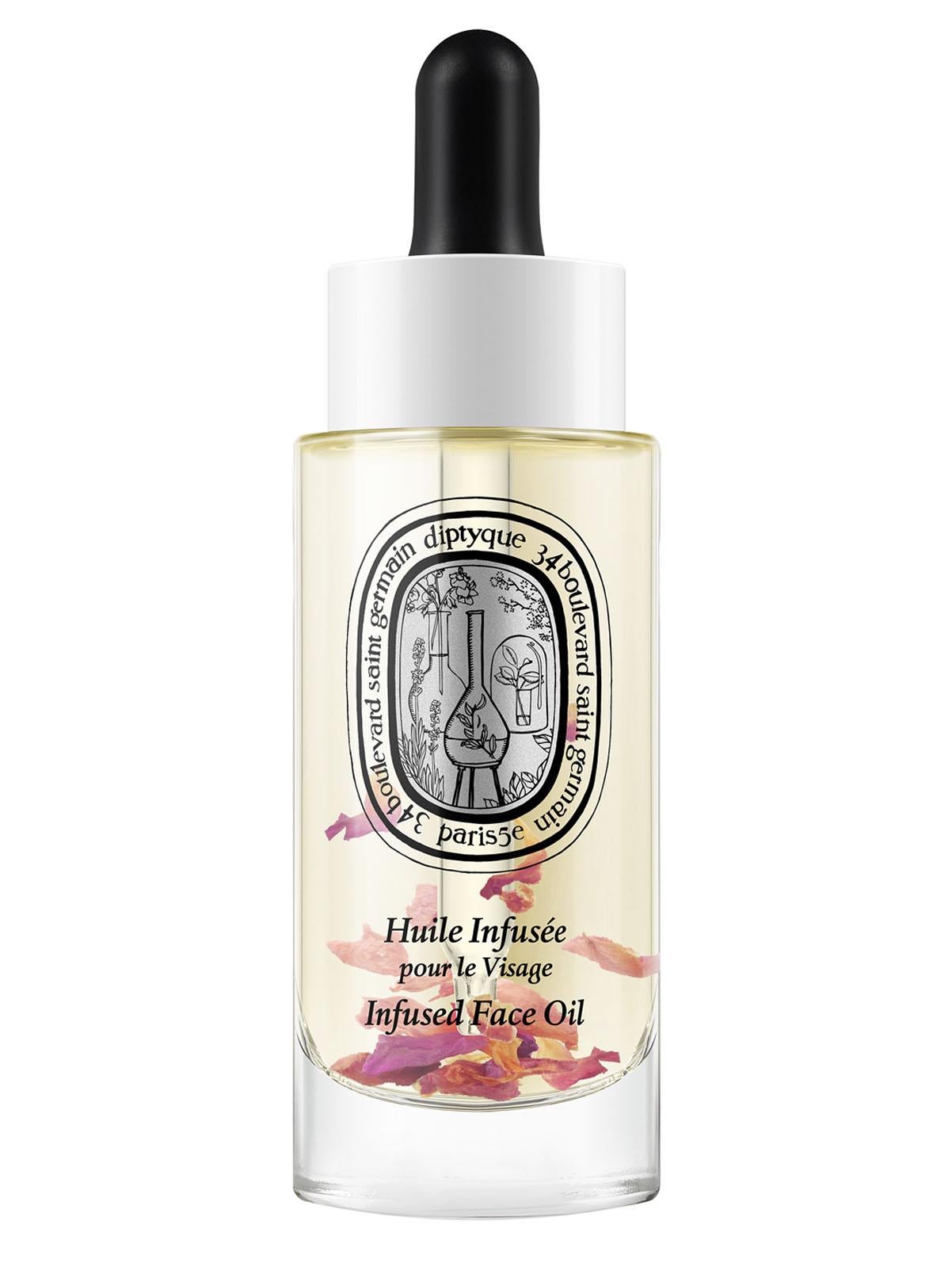How to diagnose your skin type in three easy steps
Sarah Young explains the tell-tale signs to help you figure out what category your complexion falls into

Is your skin dry, normal, combination or oily? Well, you might think you know your skin type but chances are it’s changed a lot since you did that quiz in a glossy magazine as a teenager.
While it might sound trivial, it’s seriously important to know what you’re dealing with before you can even think about which products or routines are needed to care your skin properly.
That’s where skin type comes in and luckily we’ve rounded up the three tell-tale signs to help you figure out what category your complexion falls into.
How does your skin feel?
The texture of your skin can reveal a lot about its condition and the products that you need to look after it. If your skin feels tight it’s likely to be dry while oily skin will feel greasy and shiny all over.
Alternatively, combination skin will feel dry everywhere other than the T-zone which includes the forehead, nose and chin and normal skin will feel balanced – not too dry or too oily.
Examine your pores
We all have visible pores no matter our skin type but the size and how often they get clogged can tell you a lot. Typically, large clogged pores around the nose are an indicator of oily skin while people with dry skin will have small pores that feel tight.
On combination skin, pores tend to be large around the nose and smaller in other areas while those who have normal skin have less noticeable pores.

How often do you need to moisturise?
Again, we all need to use a moisturiser to keep our skin feeling healthy and hydrated but how often you need to apply it could be seriously revealing when it comes to determining your skin type.
For people with oily complexions, certain moisturisers can leave their skin feeling greasy while those with dry skin demand a more hardworking product – especially after cleansing and first thing in the morning.
If you have combination skin it’s likely that you need to apply moisturiser to some areas of your face but not others, while normal skin tends to stay fairly hydrated throughout the day.

How to care for your skin
You should have a good idea by now which category your skin type falls in to, so the next step is to understand how to care for it properly.
Oily: Hydration is rarely the issue when it comes to oily skin so it’s best to avoid heavy creams, instead opt for products that are light and cleanse on a regular basis. Don’t be afraid to use oil-based products, but do be wary of anything that contains alcohol as you don’t want to completely strip your skin of its natural oils.
Dry: This type of skin can be sore, tight and uncomfortable so you really need to knuckle down that hydration to stop your skin from getting flaky. Opt for a cream specifically designed to prevent moisture loss and make sure to look for ingredients like hyaluronic acid which is known for its extra hydrating properties.

Combination: If your skin is this combination, the key is to correct imbalance. Jojoba oil is one of the best normalisers, so keep an eye out for products that include this wonder ingredient. You might also want to use a mild cleanser and moisturiser on your cheeks with a more rigorous product on your T-zone to cut through oil.
Normal: If you’re one of the ‘lucky’ ones you’ll find that you don’t need much heavy product to keep your skin in check, so opt for lighter solutions and avoid anything too abrasive.

Join our commenting forum
Join thought-provoking conversations, follow other Independent readers and see their replies
Comments